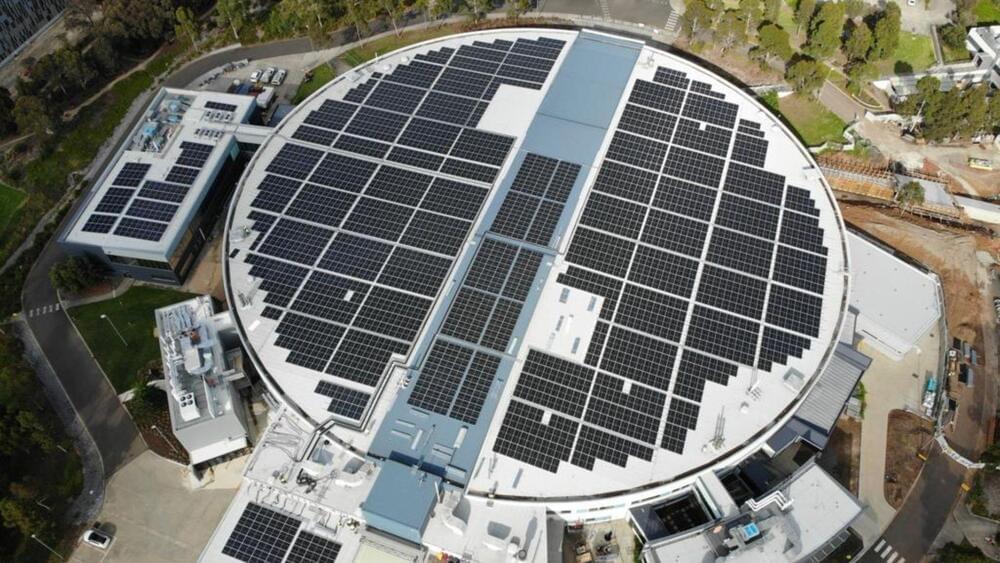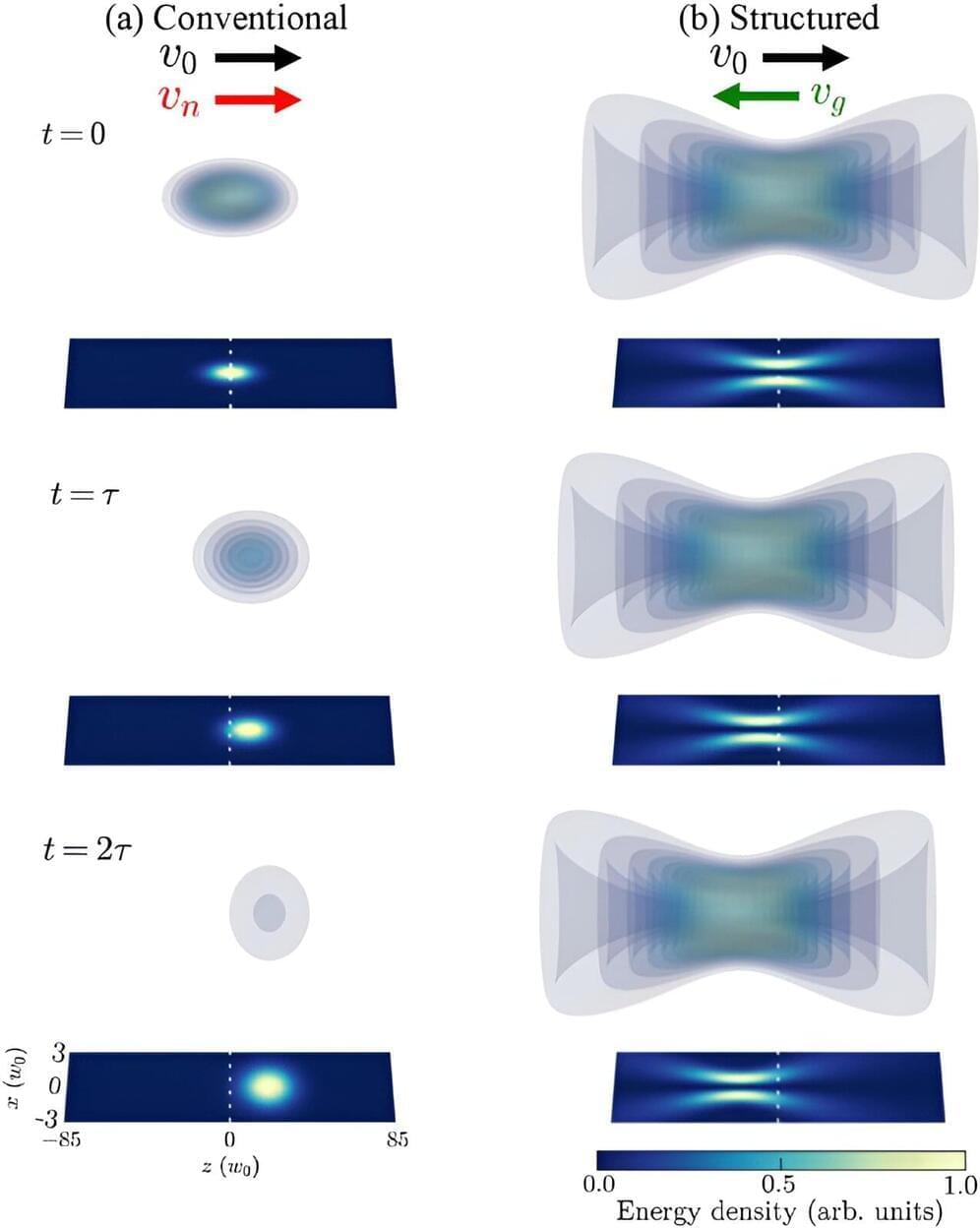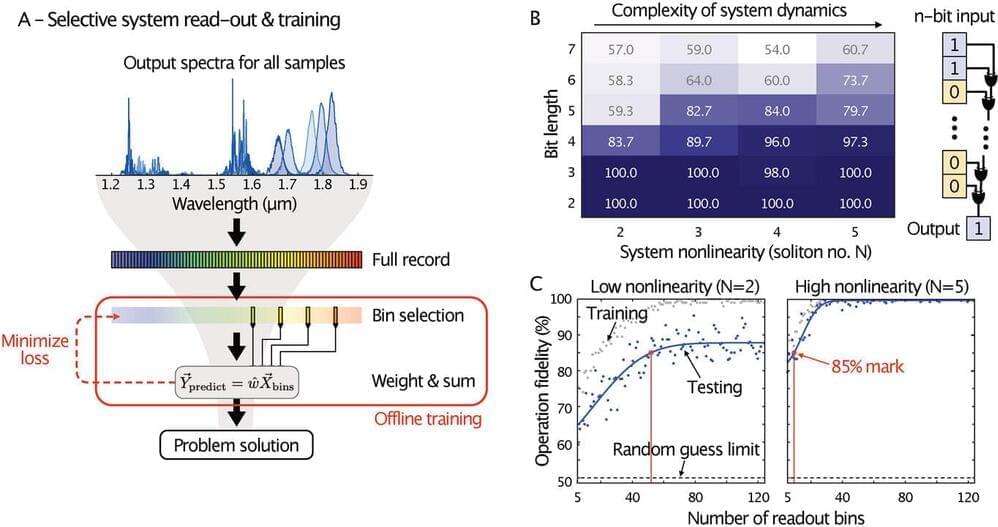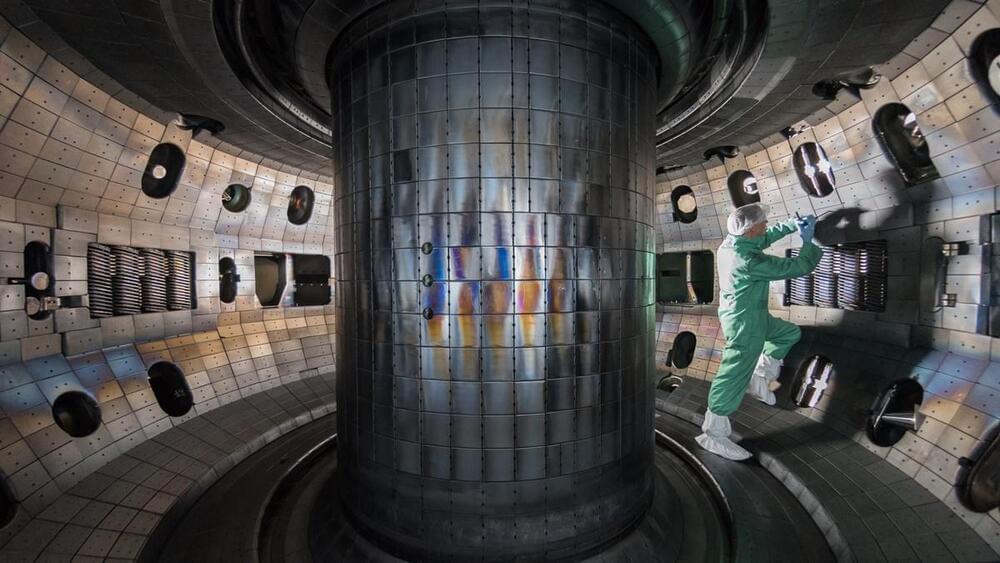The Australian Synchrotron, a crown jewel of Australian scientific infrastructure, is making major strides towards sustainable energy independence. The nuclear research facility recently completed the installation of 3,200 solar panels which now blankets the facility’s rooftops. This move is expected to generate substantial savings and support Synchrotron’s world-class research.
The state-of-the-art particle accelerator has now gone green with a 1.59 MW/ 1,668 kWh rooftop solar system. The facility will save about $2 million in energy costs over the next five years.









